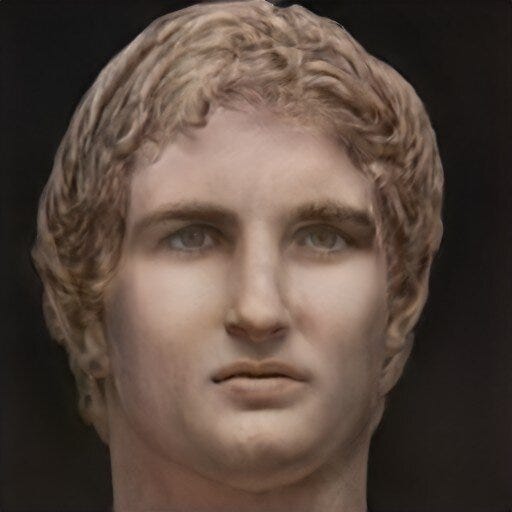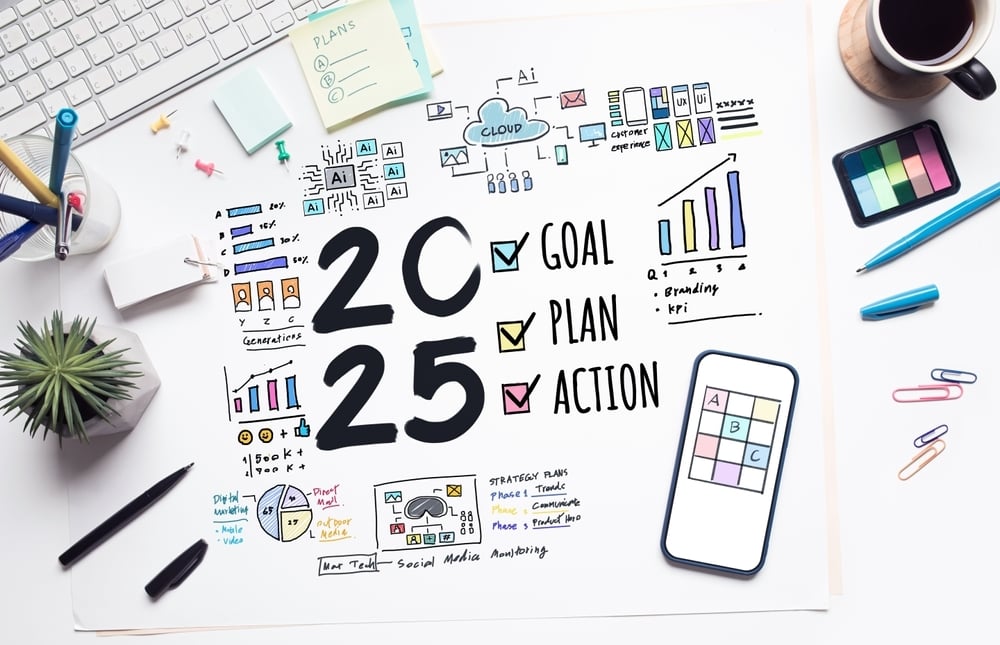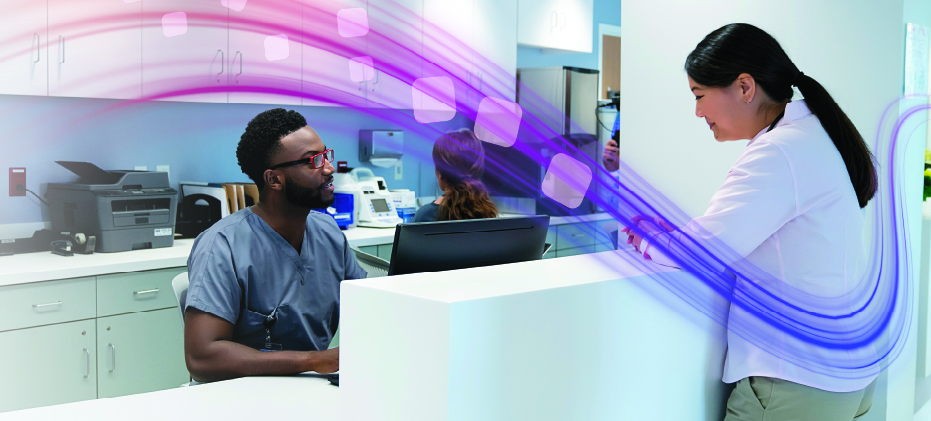Behold world� I give you Alexander, The Great?�?as interpreted by a�GANBackground:I used a GAN or (generation adversarial network), a 330 BC bust of Alexander the Great by Leochares, and the picture of Alexander�s face by artist Jude Maris to...
 Behold world� I give you Alexander, The Great?�?as interpreted by a�GAN
Behold world� I give you Alexander, The Great?�?as interpreted by a�GANBackground:
I used a GAN or (generation adversarial network), a 330 BC bust of Alexander the Great by Leochares, and the picture of Alexander�s face by artist Jude Maris to create a lifelike portrait of Alexander the�Great.


 The Final Product: Alexander the Great interpreted by�GAN
The Final Product: Alexander the Great interpreted by�GANA generative adversarial network (GAN) is a machine learning framework designed by Ian Goodfellow. The concept was originally published in the 2014 paper titled �Generative Adversarial Networks�. The core idea is to create a system where 2 neural networks compete with each other in a game that generates new data with the same statistics as the training set. For example, a GAN trained on photographs can generate new photographs that look at least superficially authentic to human observers.
 Head of Alexander at Acropolis Museum,�Athens.
Head of Alexander at Acropolis Museum,�Athens.I decided to use the image of the Head of Alexander, found near the Erechtheion of the Athens Acropolis in 1886 as the base image. It is thought to be an original work of the sculptor Leochares, made around 330 BC. Starting with this image made sense to me since it is the earliest and the cleanest depiction of Alexander I could get my hands�on.
 The digital reconstruction by artist Jude Maris used the Marble head of Alexander at Istanbul Archaeological Museum as the base�image.
The digital reconstruction by artist Jude Maris used the Marble head of Alexander at Istanbul Archaeological Museum as the base�image.As for style, I used the interpretation of Alexander�s face by artist Jude Maris. Jude Maris used the Marble head of Alexander at the Istanbul Archaeological Museum as the base�image.
The colour and other details were digitally added by the artist according to the artist�s interpretation of information available on Alexander�s appearance. (e.g. Heterochromia, blonde hair, sunburnt Greek/Masodanian complexion etc)
But since the image is based on a bust originally made a long time after Alexander's death, I thought it would be worth it to use a more �contemporary� bust of Alexander to get a more accurate reproduction of the shape of his�face.

Caveat: I think this is probably what Alexander looked like on his best days because I do not imagine sculptors would be inclined to depict Alexander the great on one of his bad days?�?which I am sure the great conqueror wasn�t immune�to.
Sources:
?Alexander the great�s appearance, character, personal life, eating and partying�habits
?Ganbreeder on�GitHub
I used GAN and a 330 BC sculpture to find out what Alexander the Great looked like was originally published in Archie.AI on Medium, where people are continuing the conversation by highlighting and responding to this story.







